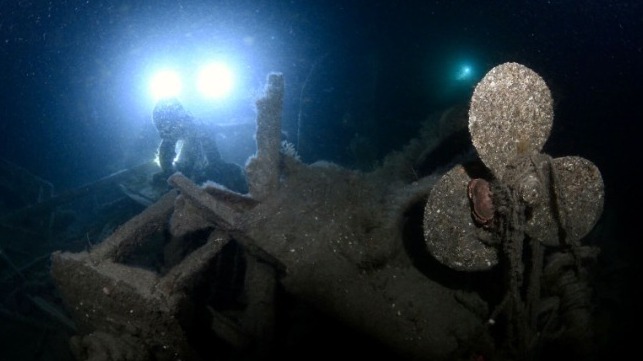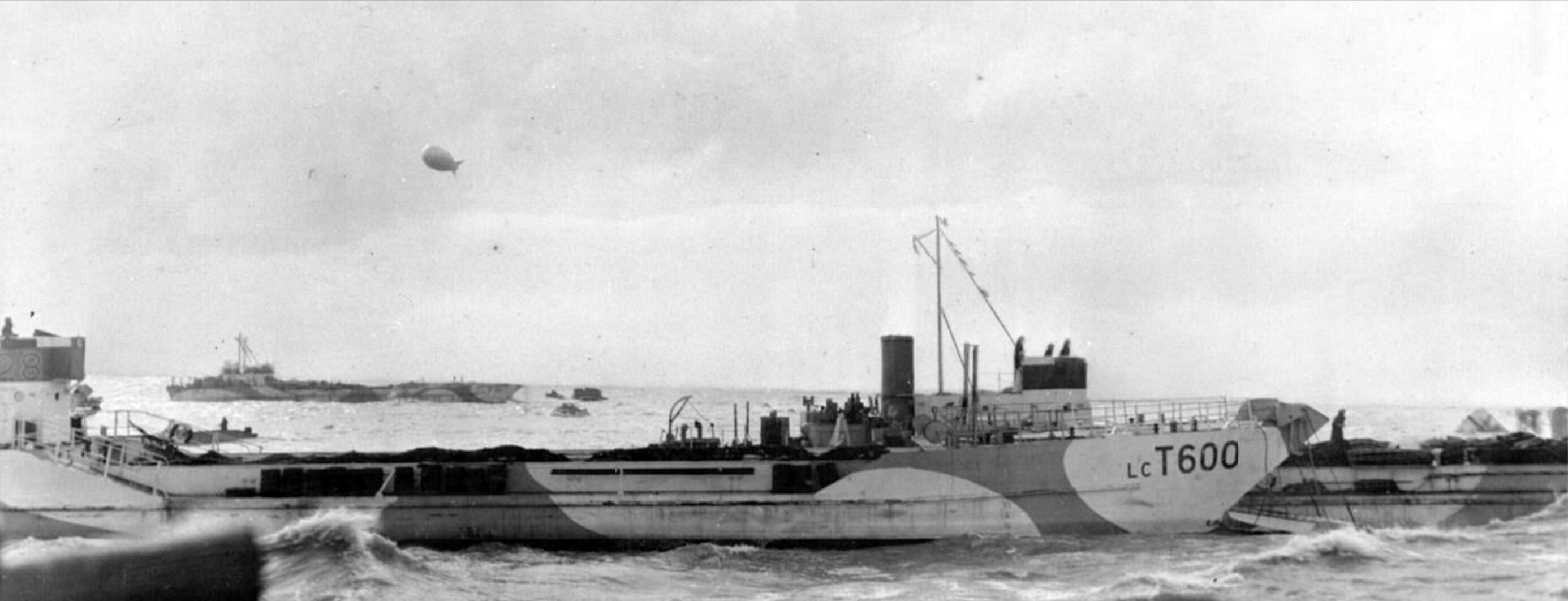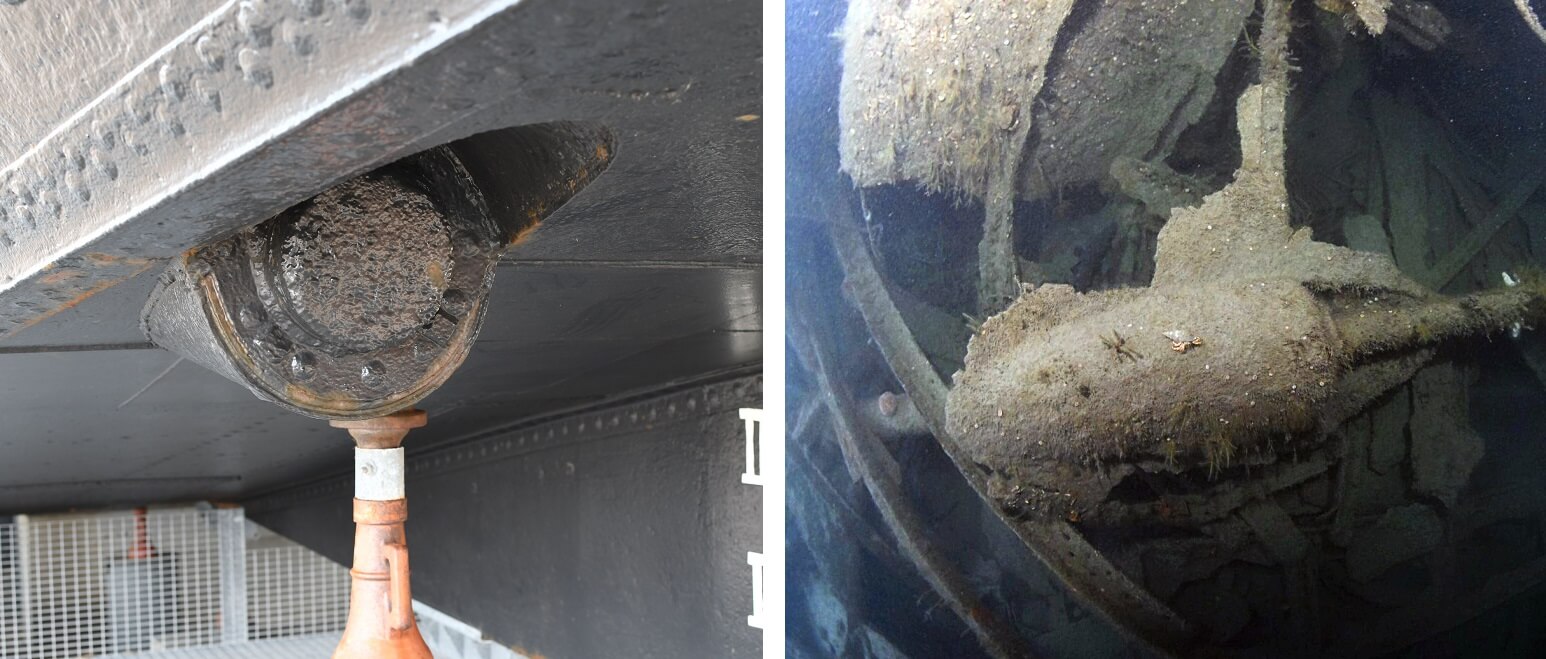Divers Find Lost Convoy of World War II LCTs off Cornwall

Recreational divers have discovered the wreckage of what may be a convoy of WWII landing craft that sank in a storm off Land's End, UK in 1944.
In the fall of 1944, with the D-Day landings over and the German army in retreat, Allied commanders in Europe began to pivot their amphibious forces to the Pacific theater. The U.S. Navy and U.S. Marine Corps were quickly retaking the Pacific, and attention turned to the likeliest end game for the war: an amphibious landing in the Japanese home islands. This would require a large force of landing ships, and in preparation, the 9th LCT Flotilla was dispatched from the UK to join a convoy bound for Asia.
 LCTs in action during WWII (Royal Navy)
LCTs in action during WWII (Royal Navy)
LCTs are medium-range, fair-weather assets, and the plan was to make part of the voyage under tow with the crews still on board. In mid-October, the flotilla set out from the British Isles to meet up with their convoy. On October 18-19, they ran into a severe storm off the coast of Cornwall, and they were subjected to Force 9 conditions. The tow plan called for limiting exposure to Force 6 at most, and the storm was too much for the small LCTs: six out of the nine towed vessels in the flotilla were overwhelmed by the wind and waves. 100 crewmembers were saved, despite the severe conditions, but 55 were lost at sea. The casualties included a crewmember from one of the ships that came to the aid of the vessels in distress. Two of the larger merchant ships in the convoy had also sustained so much damage that they had to return to port, and a nearby American convoy also sustained multiple casualties.
The six LCTs that went down – 480, 488, 491, 494, 7014 and 7015 - have been missing for nearly 80 years. This year, a team of divers believe they may have found one of the lost landing craft. The team went looking for a shipwreck off England's westernmost tip, and though they did not find it, they ran into a different sort of wreck. The smaller craft they found had sections of lightweight, angle-iron scantlings with riveted construction, typical of the LCT design. The unique shape of the stern tube and stern frame also matched an LCT.
 Stern tube and stern frame from the last surviving WWII LCT (left) compared with components from the wreck site (right) (Royal Navy)
Stern tube and stern frame from the last surviving WWII LCT (left) compared with components from the wreck site (right) (Royal Navy)
“As divers, we never take for granted that we might discover the final resting places of sailors who died fighting for our country,” said diver Steve Mortimer. “We are privileged to suggest that we may have found the remains of LCT 488 or, if not that ship, then a similar craft from World War 2.”
Additional dives are planned to confirm the wreck's identity.
"The tragic story of the lost convoy of LCTs which this wreck brings to the fore is a brutal reminder that in the midst of war our mariners still had to contend with the old foes of unrelenting storms and the cruel sea to sometimes deadly effect," said Dr. Harry Bennett, Associate Professor of History at Plymouth University, who advised on wreck identification.
No comments:
Post a Comment